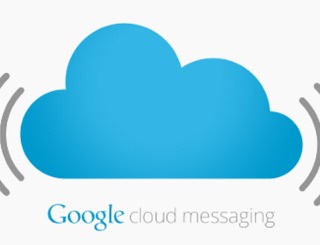Google Finds More Exposure For Google+ With Flipboard Partnership
June 23, 2012App Store Bug Causes Newly Updated Apps To Crash
July 5, 2012By Sean Patterson
Between Google’s big announcements of the Nexus 7, Nexus Q, Android 4.1 Jelly Bean, and Sergey Brin’s crazy skydiving spectacle, its not improbable that you may have missed the news about Google’s new Cloud Messaging service for Android.
Google Cloud Messaging for Android (GCM) is, according to the description on the Android developer website, “a service that helps developers send data from servers to their Android applications on Android devices.” The service can send a message of up to 4 kb to an application on an Android device, most often to tell the application to retrieve a larger set of data. GCM will now handle all queueing and delivery for messages to Android applications.
GCM will be taking the place of Google’s previous mobile application service, Android Cloud to Device Messaging (C2DM). A message on the help page for C2DM has announced that as of yesterday, June 26, C2DM has been officially deprecated in favor of GCM. C2DM is no longer accepting new users, though Google will be maintaining C2DM for “the short term.” Developers will have to use GCM in the future and move their existing applications that use C2DM over to GCM.
GCM will feature several improvements over C2DM. First of all, there are no sign-up forms to use – developers simply obtain an API key from Google. Google claims the new service has no quotas and increases battery efficiency. GCM also supports multicast messages, multiple senders, and time-to-live messages. Developers can get started using GCM over at the API guide on Google’s Android developer website.
